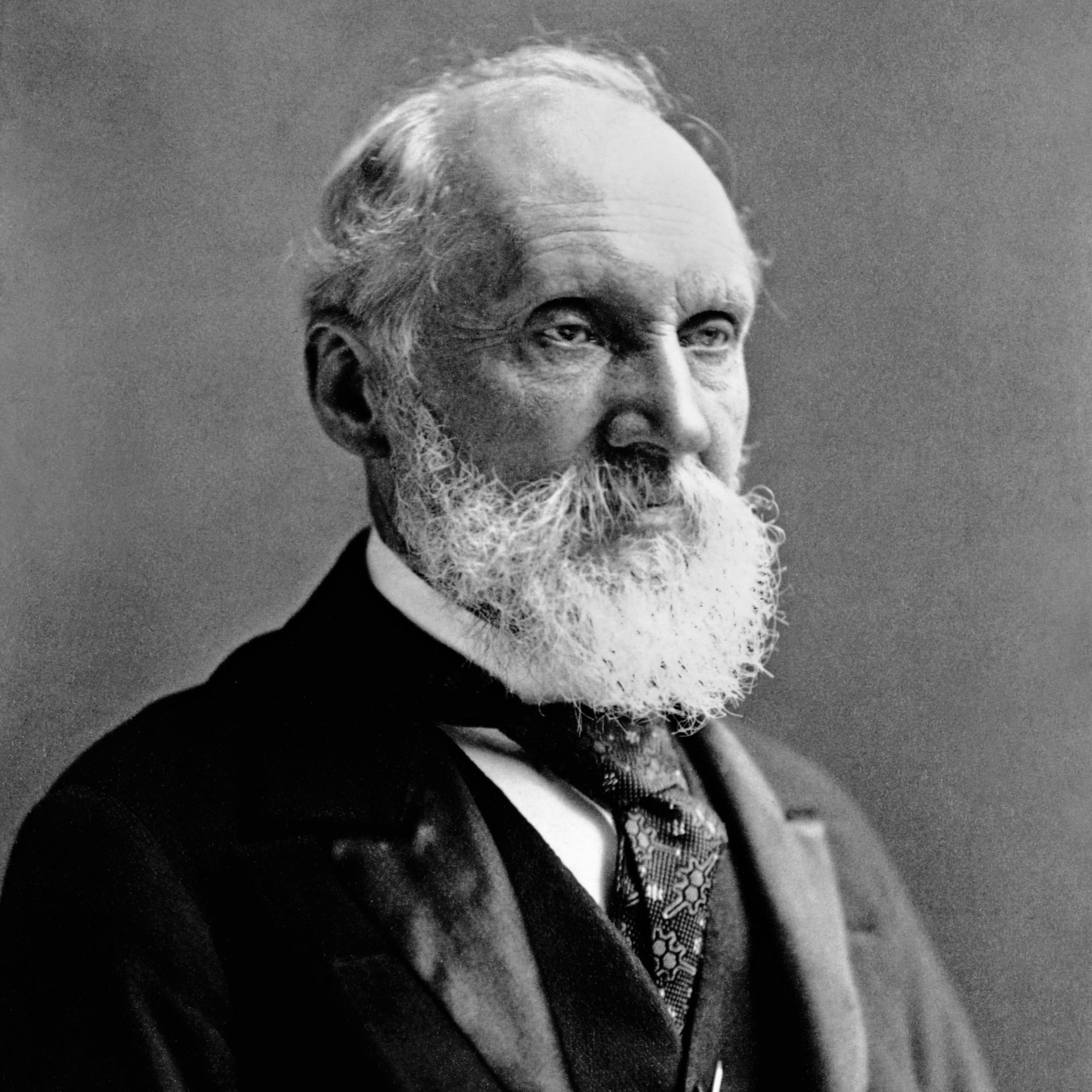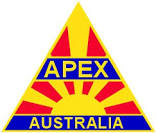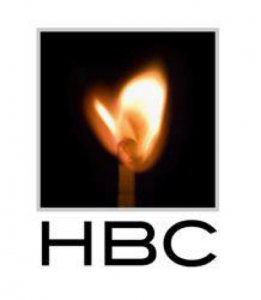Home » All Articles » Weather Recording Pioneers
Category Archives: Weather Recording Pioneers
Sir William Thomson, Lord Kelvin (1824 – 1907)
Sir William Thomson, Lord Kelvin (1824 – 1907)
Kelvin was a Scottish mathematician and physicist who developed the Kelvin scale of temperature measurement.
William Thomson was born on 26 June 1824 in Belfast. He was taught by his father, a professor of mathematics. In 1832, the family moved to Glasgow where Thomson attended university from the age of 10, subsequently studying at Cambridge and Paris universities. In 1846 he became professor of natural philosophy in Glasgow, a post he would hold for more than 50 years.
In Glasgow, Thomson created the first physics laboratory in Britain. He was a pioneer in many different fields, particularly electromagnetism and thermodynamics. Together with Faraday, he was responsible for the introduction of the concept of an electromagnetic field. In thermodynamics, Thomson assimilated and developed the work of the pioneers of the subject, Nicolas Carnot and James Joule. One of the most important results of his work was his idea of an absolute zero of temperature – the scale based on this is named after him.
Throughout his work Thomson’s overriding goal was the practical utilisation of science. He achieved fame through his work on submarine telegraphy, a major practical problem of the day. Kelvin was employed as a scientific adviser in the laying of the Atlantic telegraph cables in 1857-1858 and 1865-1866, for which he was knighted in 1866. His interest in marine issues also inspired him to develop a mariners’ compass and invent a tide machine and depth-measuring equipment. He invented many electrical instruments and his house in Glasgow was the first to be lit by electric light.
Thomson was raised to the peerage with the title of Baron Kelvin of Largs in 1892 (the Kelvin was a small river that flowed near Glasgow University) and was president of the Royal Society from 1890 to 1895. He died on 17 December 1907 in Ayrshire, Scotland and was buried in Westminster Abbey.
Gabriel Fahrenheit
Gabriel Fahrenheit Biography
Born: May 14, 1686
Danzig, Germany
Died: September 16, 1736
The Hague, the Netherlands
German instrument maker and glassblower
The German instrument maker Gabriel Fahrenheit made the first reliable thermometers, and the temperature scale he created is named after him.
Early life
Born in Danzig, Germany, on May 14, 1686, Gabriel Daniel Fahrenheit was one of Daniel and Concordia Schumann Fahrenheit’s five children. His father was a wealthy merchant. Both his parents died on the same day, August 14, 1701, and he was then sent to Amsterdam, the Netherlands, to work for and learn from a shopkeeper. After completing a term of four years there, Fahrenheit became interested in making scientific instruments. Although he lived in Amsterdam most of his life, he traveled widely to observe the work of scientists and makers of instruments in other areas. He spent considerable time in England, where he became a member of the Royal Society (Great Britain’s oldest organization of scientists).
Creation of thermometers
Fahrenheit completed his first two thermometers by 1714. They contained alcohol and agreed exactly in their readings. The scale that was to bear Fahrenheit’s name had not yet been made standard, and many different scales were tried before he settled on one. He soon decided to replace the alcohol with mercury and completed a series of investigations based on the work of Danish astronomer Olaus Roemer. In these investigations he determined the boiling point of water and other liquids and studied the expansion (increase in volume) properties of mercury. These experiments led to the discovery that the boiling point of water varies with changes in the pressure of the atmosphere. Fahrenheit also discovered the method of supercooling water—that is, cooling water to below its normal freezing point without it becoming ice.
Taking all of these factors into consideration, Fahrenheit began to doubt the reliability of the freezing and boiling points of water. He finally settled on a temperature scale ranging from 0 to 212. In 1724, announcing his method of making thermometers in the Philosophical Transactions of the Royal Society, he described how he used the temperatures of the human body and of a mixture of water, ice, and sea salt to be his high and low measuring points. He set 0 as the temperature of the mixture, 32 as the temperature of water and ice, and 212, a point selected by chance, as the approximate boiling point of water.
Success and new developments
Fahrenheit’s thermometers were very popular. He used mercury successfully because of his method of cleaning it, and he introduced the use of cylinder- shaped bulbs instead of sphere-shaped ones. His detailed process of making thermometers, however, was not made public for some eighteen years, since he wanted to keep his methods a secret. Among the other instruments he created were a constant-weight hydrometer (an instrument to measure the gravity and strength of a liquid), and a “thermobarometer” for estimating barometric pressure (the pressure of the atmosphere) by determining the boiling point of water.
On September 16, 1736, at fifty years old, Fahrenheit died in the Netherlands. He was buried in the city of The Hague. Fahrenheit never married and continued to be active up to his death. Just before he died, he applied for a patent on a machine that would pump water out of polders (drained land in the Netherlands that lies below sea level).



